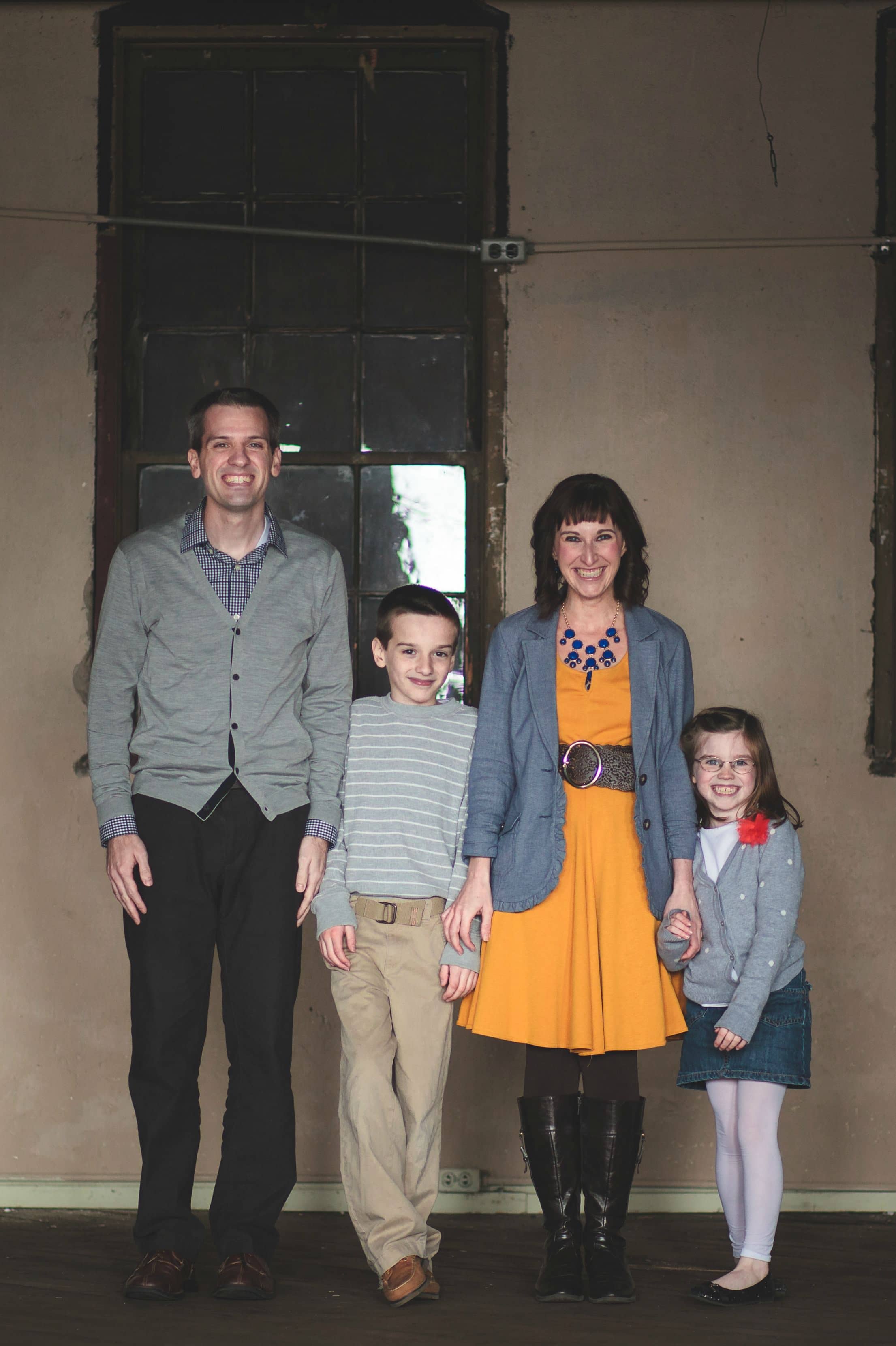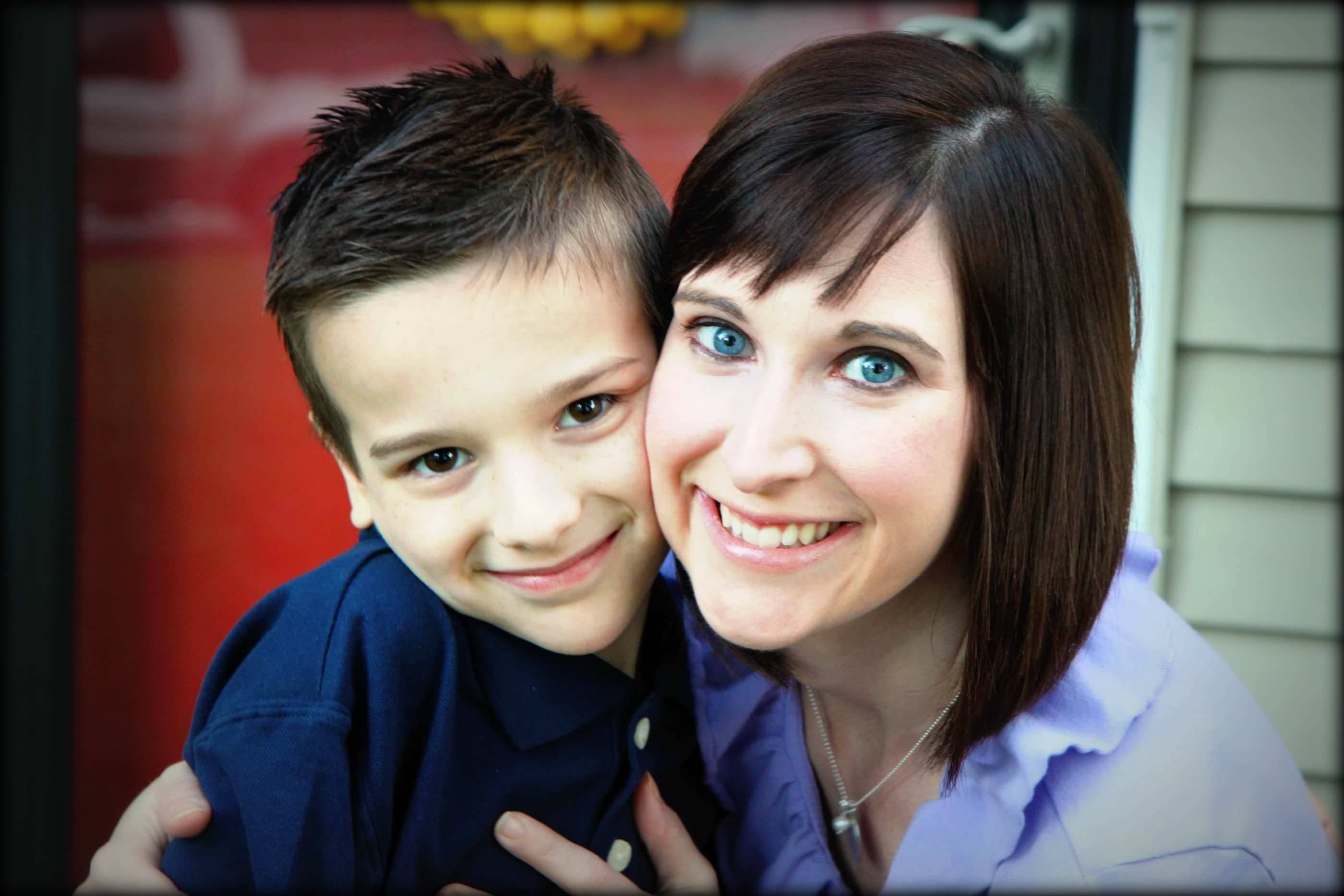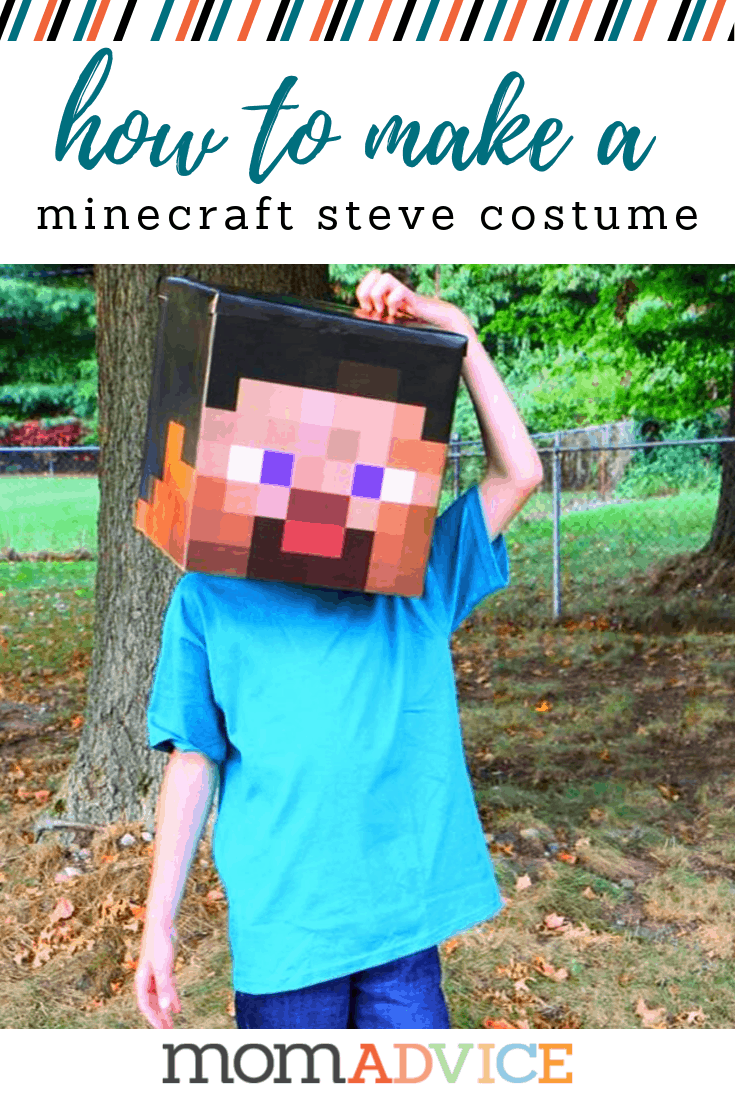
With my son’s blessing & permission, we are sharing our story of what is like to have & be the parent of a child with ADD in this continuing series. To read Part One of our diagnosis story, click here. We welcome your comments and hope our story helps other families facing the same challenges.
Testing day could not come quickly enough, but it first required a session with the psychologist to explain our concerns. We didn’t just talk about his inability to follow through on tasks and disorganization (although that was frustrating). Our biggest concern was the emotional outbursts and anger that we were dealing with. We knew we weren’t handling these situations well and were concerned that not only were we dealing with a possible ADD diagnosis, but that maybe something emotionally was wrong too.
I remember that the doctor said that often by treating the ADD that these emotional outbursts lessen because the child is not so frustrated. I certainly didn’t want to pin my hopes on that, but wouldn’t it be incredible if we were able to help both elements of our struggles as parents?
He said he would get us scheduled with some weekly visits for the anger issues though so we could get that under control.
Good, we needed it!
Testing, Testing
Testing day had finally arrived. We had lots of questionnaires to fill out and even ones to pass on to our teacher to share about how our son performed in the classroom.
Testing can be done in a variety of ways (every family needs to explore those options with their own doctor/psychologist) and the psychologist we chose diagnosed through an IQ test. I remember nervously dropping him off with a big snack and a kiss for the morning.
Once the test results were done, we got to come back in and chat with the psychologist about the diagnosis.
What did the results show us? He was incredibly smart (you don’t have to tell us that!), but his memory/processing/sequencing (I apologize that I don’t remember the specific category) was extremely low. Since those numbers don’t correlate, he had every characteristic listed on every ADD site we ever visited, and the questionnaire filled out by us and by his teachers supported this theory, the psychologist said that he felt confident that our son had ADD.

He has ADD, Now What?
Hallelujah! We have an answer! In my mind, someone gives us a prescription and we go along on our merry way and live happily ever after.
It wasn’t like that though.
The psychologist gave us the paperwork and we had to set up an appointment with our physician and then the doctor had to outline the treatment and then we had to go back to the psychologist.
Of course, we haven’t even touched the anger issues so we need to set up appointments for that.
Oh, and loop in our teacher and the school system.
Instead of relief, it felt like a million more pounds of stuff I needed to do.
First, we contacted our doctor and he had a complete physical that gave us information about where we were starting at (particularly his height & weight) and then she recommended a medication that we could try, letting me know that we could start a small dose and then increase the dosage based on what we needed. Since I know nothing about medication or dosage, I left this piece of the puzzle in the doctor’s hands.
She assured me she would keep a close eye on things since I would be seeing her once a month now.
WAIT, HOLD UP. I have to go to the doctor with my kid every month for this?
Granted, I know other moms who have had a much harder time with their kids and medical issues so this feels really ridiculous for me to feel like this is a burden, but the idea of going to the doctor monthly for physicals and having to have a handwritten prescription every month that I could not just get filled annually, but have to bring in a physical prescription every four weeks seemed like a lot to deal with on top of our counseling appointments.
It goes without saying, but the cost of all of these tests, medications, and physicals were also unexpected.
Pass the wine! But just the boxed stuff because BILLS.
Treatment Begins
This is probably the hardest part of our journey and this journey can look so differently for so many families.
This was the part of the journey that Ethan wanted me to share specifically with you.
The struggles with figuring out the right medication and the right dosage for our child were extremely difficult as were the side effects that he experienced. Remember how I said I left the medication piece of the puzzle up to our doctor to figure out? We had no idea that the dosage was too high for our son because we had no idea what an appropriate dosage would be.
Although it is typical to experience side effects from medication as your body adjusts to it, our child did not even resemble my child anymore.
He could not sleep at night.
He barely ate.
He seemed like a robot.
After the first day in school on his medication though, he told me something though that nearly brought me to my knees.
“I finally feel smart.”
This beautifully bright boy had never felt smart until now and that just about broke me.
I was still riddled with the guilt of yelling at him and feeling like I failed him as a mom. What if I would have caught this sooner? What if I could have helped him feel smart years ago? The guilt and the part I played in this story really bothered me.
We headed to our weekly therapy appointments to deal with anger.
Guess who sat out in the waiting room?
The kid with the anger management issues.
Guess who went to therapy?
My husband and I!
Oh, that made me so mad…
I wonder where he got those anger issues from.
As the doctor had suggested though, Ethan wasn’t angry anymore. We didn’t experience emotional outbursts, but we wanted to be prepared if they started back up again. My husband and I headed to anger management class and my son sat out in the waiting room reading his book, unaware how cool we were going to be after all this training.

Go With Your Gut
Even though Ethan felt really smart, I did not love the side effects of this medication he was on. I went along with the the plan despite my misgivings. I regret that I did not speak up sooner for him and for our family.
After a year of living with a zombie, we ended up needing to switch doctors and I got a referral into one of the best doctors in our town. He immediately put him on the lowest dosage available and also selected a pill that would have very few side effects. Instead of changing my kid, it would just act as a little aid to help him tap into those smarts that he already possessed. I started to see my boy again and I knew we were on a better path.
What I learned from that experience was that I may not be a doctor, but I need to always be an advocate for his treatment. If I’m not comfortable with how things are going, I need to speak up about it.
Since he is growing like a weed now and doing so well with this pill, we don’t have to meet with our doctor monthly, but we still have several meetings a month where our doctor talks to him about school and learning to tune in to the things that he experiences with his medication and learning how to utilize those cues as life skills if he doesn’t want to continue a medication later in life. This is a conversation that the two of them have and I chime in as needed. It’s a good place to be in when you have such a great dialogue with your physician.
Now that we got through our biggest hurdles, we still had to address how we handled everything at school. Next week I’ll share what it has been like going to bat for Ethan in the school system and what I have learned from this experience together!

















